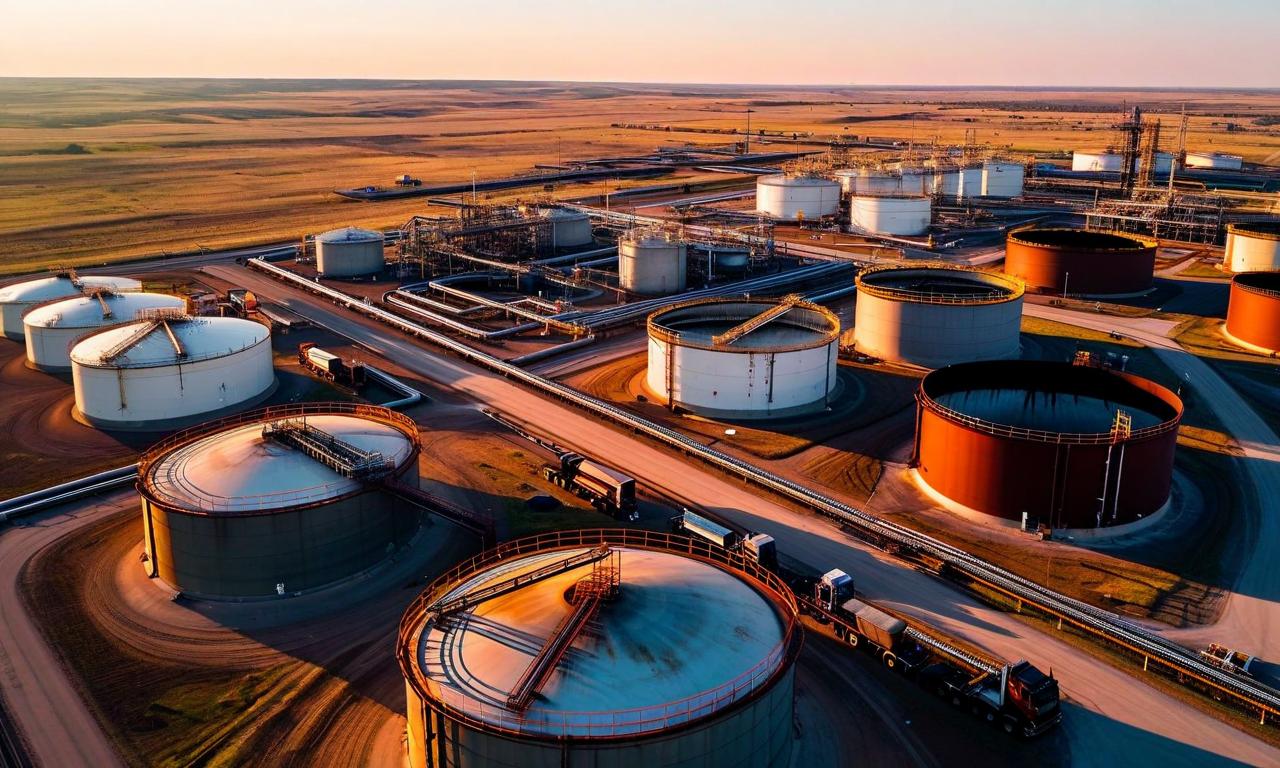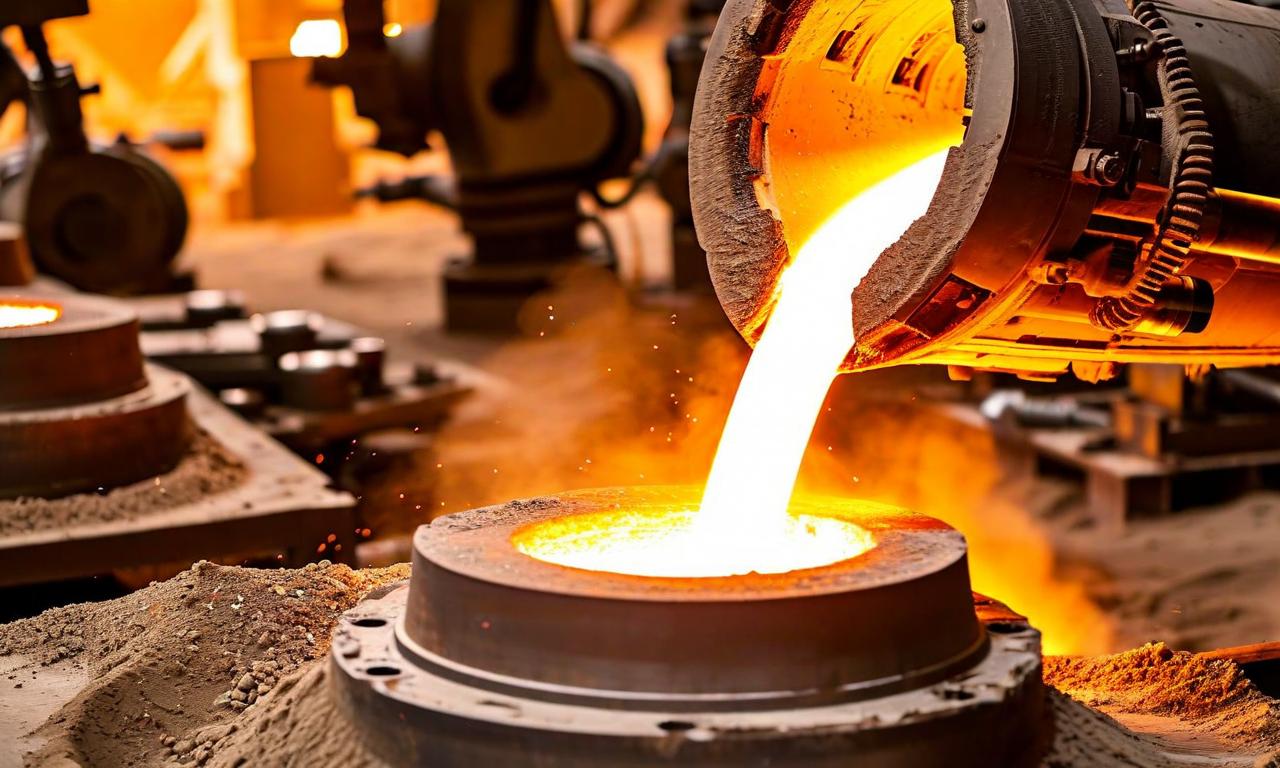Cushing Crude Oil Inventories Surge, Reversing Previous Decline
U.S. crude oil inventories at Cushing, Oklahoma, have increased by 1,334,000 barrels, a significant reversal from the previous period's decline of 770,000 barrels. This swing of over 2 million barrels indicates a notable shift in supply dynamics at this key storage hub. The increase could impact oil prices, market sentiment, and raise questions about storage capacity utilization. This data provides insight into current oil market conditions, but should be considered alongside other factors influencing crude oil markets.

*this image is generated using AI for illustrative purposes only.
U.S. crude oil inventories at Cushing, Oklahoma, have seen a significant shift, according to the latest data. The key storage hub reported an increase of 1,334,000 barrels, marking a substantial reversal from the previous period's decline.
Inventory Swing
The recent inventory change represents a dramatic turnaround in oil storage levels at Cushing:
| Period | Inventory Change (Barrels) |
|---|---|
| Current | 1,334,000 |
| Previous | -770,000 |
This swing amounts to over 2 million barrels, highlighting a notable shift in supply dynamics at this crucial oil storage facility.
Implications for Oil Markets
The increase in Cushing inventories could have several implications for oil markets:
Supply Indicators: Rising inventories often suggest that supply is outpacing demand, which could potentially influence oil prices.
Market Sentiment: Traders and investors closely watch Cushing inventory levels as they can impact market sentiment and trading decisions.
Storage Capacity: The significant increase raises questions about storage capacity utilization at the hub, which is an important factor for oil futures contracts.
While this data provides valuable insight into current oil market conditions, it's important to consider it alongside other factors such as global demand, production levels, and geopolitical events that can influence crude oil markets.
Investors and market participants will likely be monitoring future inventory reports to determine if this increase represents a new trend or a temporary fluctuation in the oil supply chain.




























